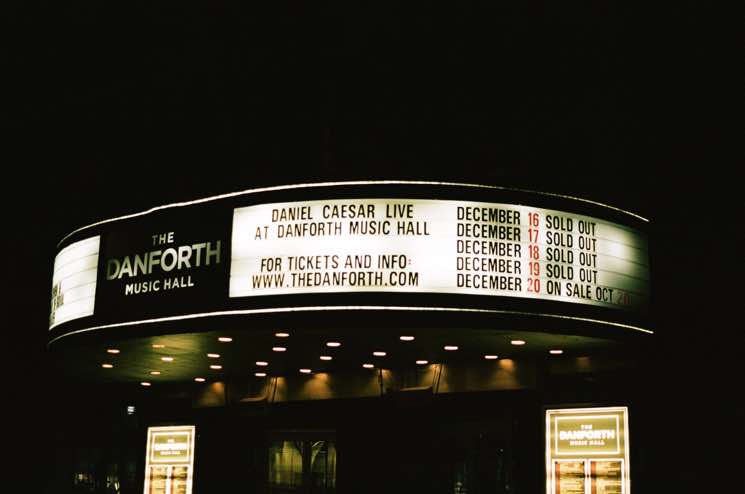Danforth Music Hall Information
About Danforth Music Hall
Danforth Music Hall is a venue located at 147 Danforth Avenue in the city of Toronto, Ontario. Located in the center of the lively and culturally rich neighborhood known as “the Danforth”, it’s a key location for art and culture. Easily accessible by public transport, it’s a busy destination for locals and tourists.
The Danforth Music Hall has earned its reputation as one of Toronto’s most cherished music venues. Its rich history of live performances and iconic, intimate experiences have delighted visitors for decades. It is closely linked with the local community, supporting young artists and watching as their fanbases grow.
It was originally opened in 1919 as a movie theatre but transitioned to a music venue in the late 1970s. The venue can host a wide range of musical genres, with a capacity of around 1,500, and offers an intimate setting that lets fans feel close to the performances on stage.
Danforth Music Hall has seen a huge list of iconic artists, from rockstars like the Rolling Stones, to indie legends such as Radiohead and Arcade Fire, to modern artists like Rihanna and the Weeknd. The venue’s ability to house a range of different genres is one of the reasons why it has become so popular.
Movie Theater Past
In 1919, the Danforth Music Hall was originally designed as a movie theater. Owned by the Allen Theatre Chain, it was known as Allen’s Danforth, and promoted as “Canada’s First Super-Suburban Photoplay Palace,” during a boom of construction along Danforth Avenue caused in part by the opening of the Prince Edward Viaduct, and in part due to the general trend of the building of movie theaters post World War 1.
Renovations
In 2004, after multiple re-incarnations, the theatre closed due to heavy neglect and disrepair. In 2005, new owners acquired the venue and refurbished it, including a complete revamp of the seating and sound system. The venue earned the title of Performing Arts Centre of the year at the 2008 Canadian Music Industry Awards. Since 2011, the Music Hall has been a top destination for world – renowned performers including Run The Jewels, St. Vincent, Rihanna, FKA Twigs, and Billy Braggs.

Venue history
The Danforth Music Hall, originally known as Allen’s Danforth Theatre, is a building that has been designated as a ‘property of historic interest’ under the Ontario Heritage Act in 1985. This is because it has over a century of rich history, beginning as a movie theatre and evolving into one of the world’s most iconic live performance venues.
The Danforth Music Hall was constructed in 1919 and opened in the summer of that year as a movie theatre. It was part of the Allen Theatres Chain and is considered one of the most impressive. It was designed to be a spacious, modern space for people to go and see movies. The exterior was created with Georgian Revival style elements, many of which still remain intact to this day.
In 1923, Allen Theatres sold many of its theatres, and the Danforth Theatre was renamed the Century Theatre. It was a movie house until the 1960s, when it was again renamed and became the Titania Theatre. It wouldn’t pick up its ‘Music Hall’ name until the late 1970s when it began to host live acts.
Even though the building has been a notable location in Toronto for over 100 years, it has gone through its fair share of difficult times. The venue closed in 2004 and reopened in 2006 after significant renovations, including new seats and a sound system. In 2010, it was temporarily closed due to financial difficulties.
Since its reopening in 2011, the Danforth Music Hall has only grown in popularity and importance. It has hosted many notable performances by popular artists such as Rihanna, Justin Bieber, Lorde, Disclosure, Father John Misty, the Jim Beam Indie Awards, Michael Carbonaro, Iggy Azalea, Run the Jewels, FKA Twigs, Dave Chapelle and many more.
In short, it has become one of the major small venues that artists in the Toronto music scene hope to play. While it isn’t large enough to host stadium-sized crowds, it remains one of the most important places for artists to play if they when holding an intimate show. In the future, guests can expect new features and constant improvements as part of the long-term vision for the hall.
